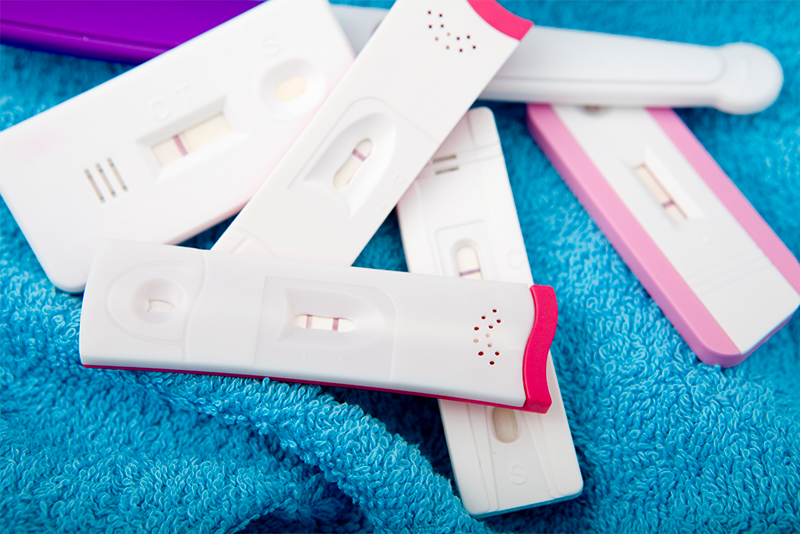The menstrual cycle is a symphony of hormonal changes, with each phase playing a crucial role in preparing the body for a potential pregnancy. Understanding these stages and their relation to fertility is a key part of family planning. In this post, we’ll delve into the details of the menstrual cycle and explain how it influences fertility.
A typical menstrual cycle lasts about 28 days, although it’s normal for it to be shorter or longer. The cycle begins on the first day of your period and ends the day before your next period starts. It can be divided into two main phases: the follicular phase and the luteal phase, separated by ovulation.
The follicular phase starts on the first day of your period. During this phase, the levels of follicle-stimulating hormone (FSH) increase, stimulating your ovaries to mature a group of eggs, with one becoming dominant. The growing follicle causes estrogen levels to rise, which thickens the lining of the uterus (endometrium) in preparation for possible implantation of an embryo.
Ovulation, the release of a mature egg from the ovary, typically occurs midway through your cycle, around day 14 in a 28-day cycle. This is triggered by a surge in luteinizing hormone (LH) and FSH. The released egg travels down the fallopian tube, where it can be fertilized by sperm for about 12 to 24 hours.
The luteal phase follows ovulation. The ruptured follicle in the ovary transforms into the corpus luteum, which secretes progesterone to maintain the thickened uterine lining. If the egg is not fertilized, the corpus luteum breaks down, leading to a drop in progesterone and the start of a new menstrual cycle.
Knowing your menstrual cycle can help pinpoint when you’re most fertile. This ‘fertile window’ typically spans six days, ending on the day of ovulation. Sperm can survive in the female reproductive tract for up to five days, so having intercourse in the days leading up to and including ovulation can increase the chance of conception.
Remember, everyone’s cycle is unique. Variations are common, and a range of factors, including stress, age, and health conditions, can influence cycle length and regularity.

